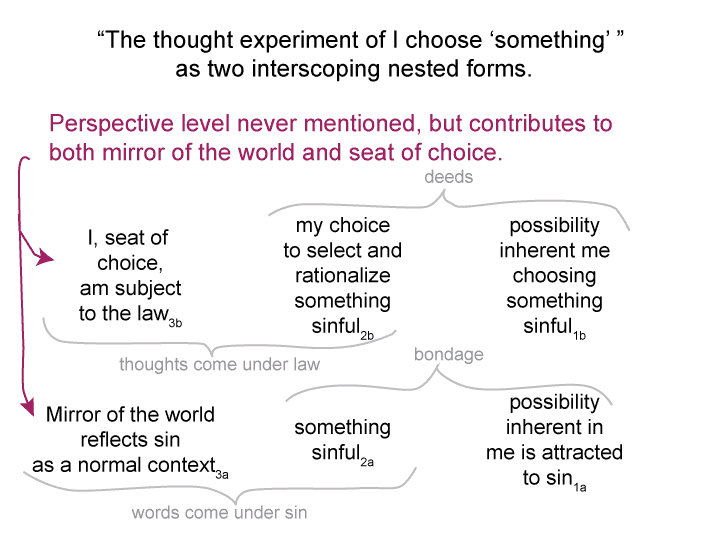Man and Sin by Piet Schoonenberg (1964) 2.3 SW
Summary of text [comment] pages 83 and 84
Schoonenberg quoted John 8:31-35 and summed up as follows:
The heart the whole person is free only when it is bound to God.
The heart remains a slave when in sin.
[What does this imply?
Is a person not whole until they have a heart?
A broken heart?]


